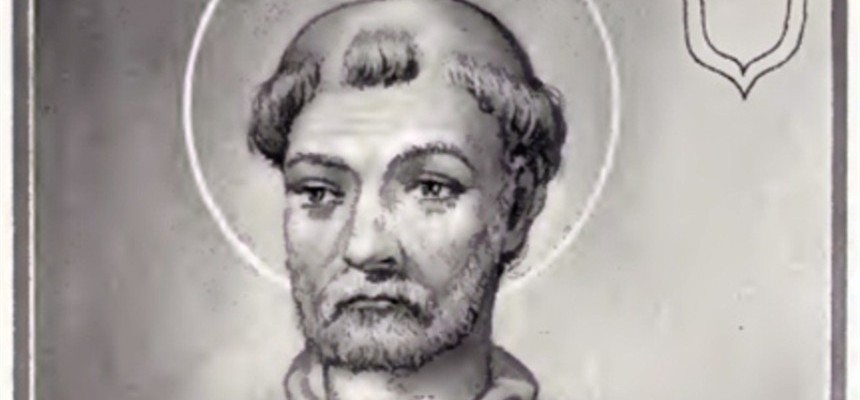
When Pope Callixstus died on October 14, 222, Urban I, a noble Roman, the son of Pontianus, was elected and became Bishop of Rome some time in early 223. This was shortly after the assassination of the emperor Elagabalus, known as the most disgusting, eccentric of all the emperors.
Under the guidance of the new Bishop of Rome, the Christian community began to grow rapidly. This is shown by the quick increase of catacombs in the Roman area. There are two reasonable causes of the new phenomenon: Possibly it was a reaction to the extreme decadence of Elagabalus’ reign, followed by a somewhat pro-Christian attitude of the successor, Alexander Severus. This attitude was surely fostered by the young emperor’s mother, Julia Mannaea, a friend of the reknowned Christian writer, Origen of Alexandria. The other contributing factor was that Urban was a very persuasive speaker and converted many to the faith with his sermons.
Hippolytus, the historian and writer, who lost the election which Urban won, declared himself the bishop and had a schismatic group who followed him. His “Philisophumena”, a negative assessment of Pope Callixtus, published during Urban’s reign, did nothing to warm the heart of Urban. The bishop continued the policies of Callixtus regarding Hippolytus and his group of schismatic Christians.
Urban is thought to be the originator of a decree that donations to the Church could only be spent on ecclesiastical needs, the common good of the Christian community, or the poor. A previous story that Urban required all liturgical vessels to be made of silver has since been proven to be of a later origin.
Pope Urban is involved in the legendary acts of St. Cecilia, where he is said to have baptized Cecilia, her husband, Tiburtius, and her brother-in-law, Valerian. The story of their martyrdom is strictly a legend and it is not known how true the story is. Although Alexander Severus, the emperor, was not one to prosecute Christians, other minor officials were still willing to arrest them for other reasons. therefore, although there was no official persecution, there were some who died for their faith at this time.
Urban died May 23, 230. Due to the peaceful nature of the times, one would assume that he died of natural causes. There is some disagreement as to where he is buried. It is commonly believed that he is buried in the catacombs of Praetextatus on the via Appia.
Pope Urban’s feast day is celebrated on May 25, the anniversary of his internment.
Pope Saint Urban, pray for us.

Recent Comments